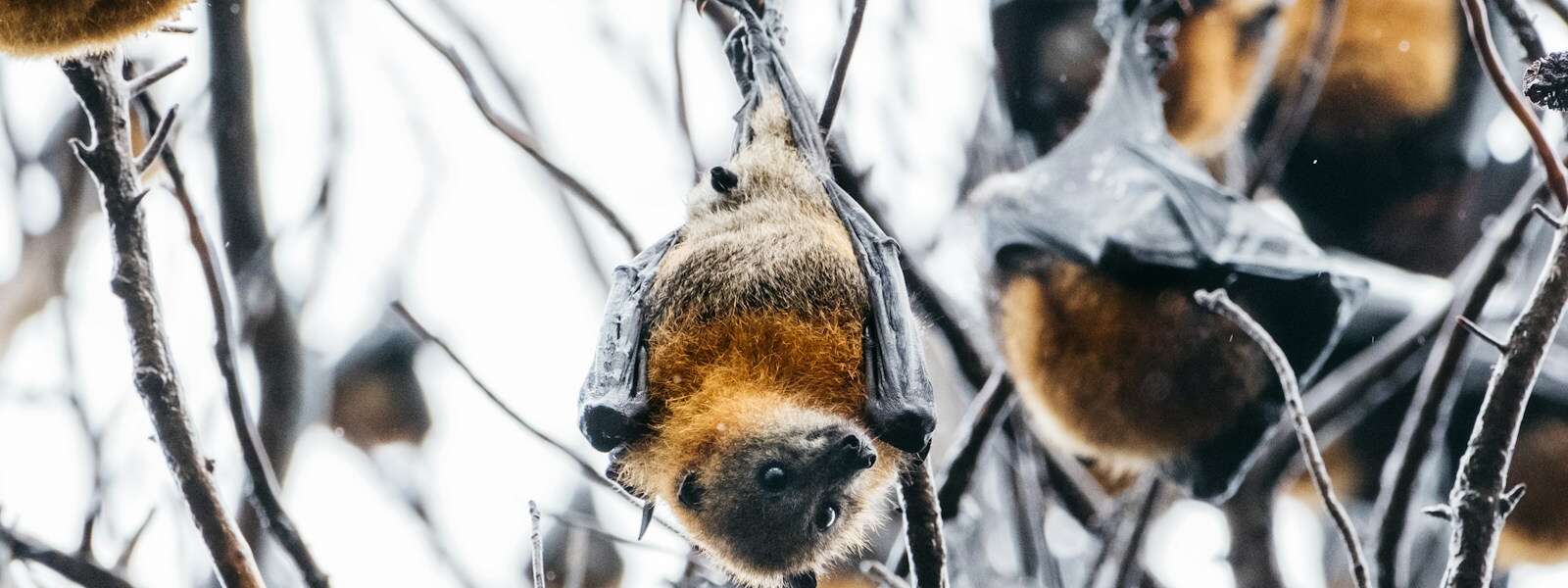
A fungal pathogen that has killed thousands of bats and that might have a surprising link to human deaths is a key example of why addressing animal health is so important to human health.
Dr. Quinn Webber is a behavioural ecologist in the Department of Integrative Biology who studies disease in wild animals with a One Health approach, recognizing the interconnectedness of animal, human and environmental health.
White-nose syndrome is a disease that is currently devastating bat populations. The disease wakes bats during hibernation, causing them to waste valuable winter energy and starve to death before spring.
A recent study conducted in the U.S. suggests the loss of bats to white-nose syndrome could be linked to the deaths of more than 1,000 human infants. The study attributes the deaths to higher pesticide use by farmers due to bat population loss, since bats are excellent at pest control.
Webber, in the College of Biological Science, urges caution when reviewing the study.
“We have to be really careful with a study like this because it is correlational and there is no cause attributed to bat population declines and infant mortality,” he says. “That means that it’s possible that bat declines resulted in higher pesticide use by farmers in affected counties, which in turn resulted in higher infant mortality, but based on the data analyzed in this study, we can’t say for certain.”
Despite being cautious about the results of the study, Webber believes bat health and human health are fully connected.
“All work on bats has a One Health connection because bats are ubiquitous in the places we live – we just don’t always know they are present,” he says.
“Bats live in cities, we interact with them in our homes regularly, and anthropogenic destruction to the environment can harm bat habitat and populations.”
Webber says the best ways to protect bats are to maintain their summer foraging and roost habitats, including forests, and, in the winter, we can let them hibernate in peace.
“During the winter, bats hibernate in caves and mines and this is a highly sensitive habitat. We know that entering caves/mines can disrupt bats, so that is number one. Second, we can make sure that their summer habitat is protected as well.”
Webber is available for interviews.
Contact:
Dr. Quinn Webber
qwebber@uoguelph.ca
